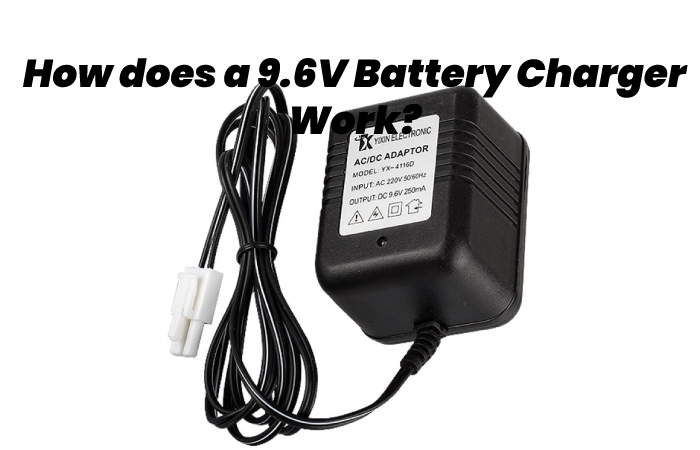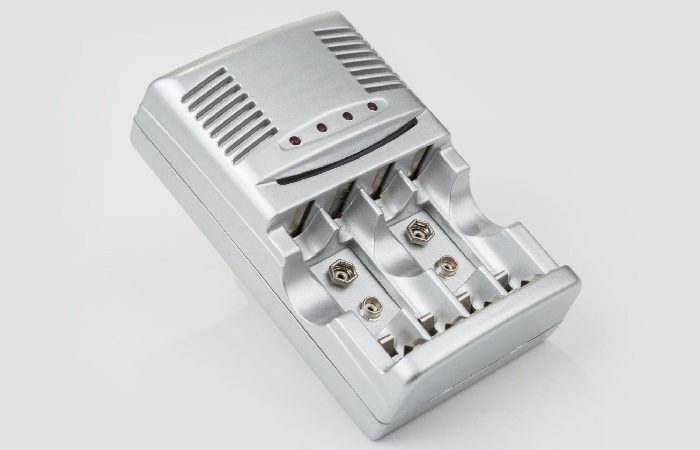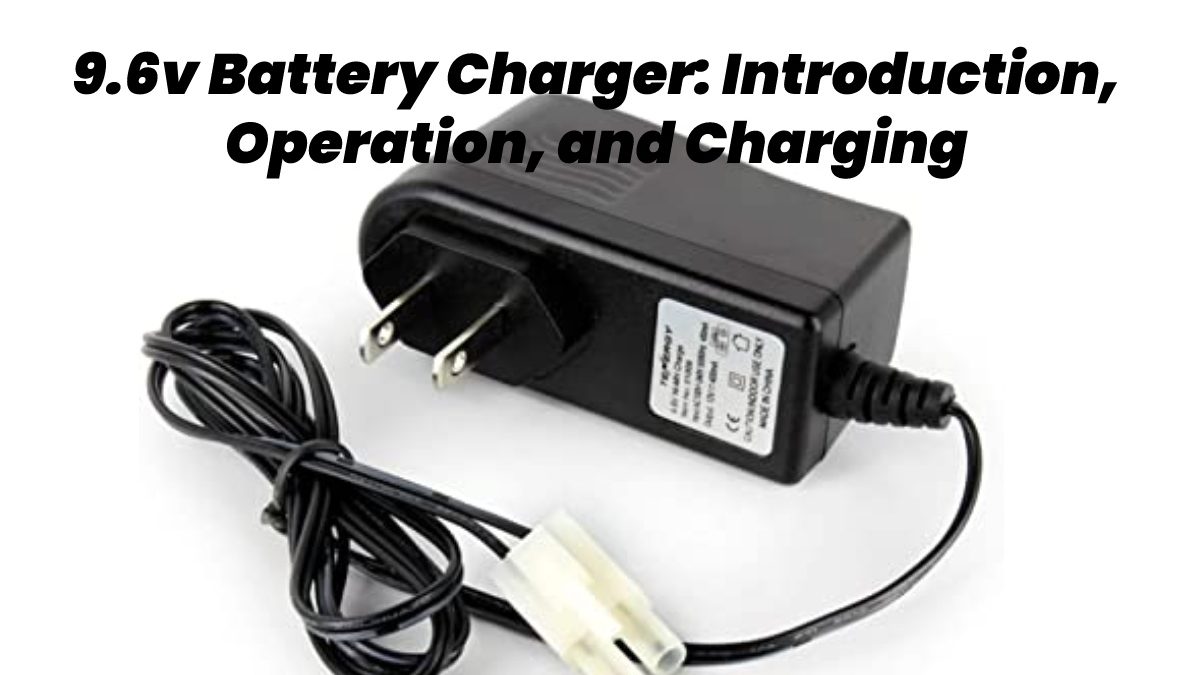Table of Contents
9.6v Battery Charger
A 9.6v battery charger is capable of charging various electronic devices need. Its uses in both domestic and industrial settings. You can use the 9.6-volt battery charger to charge various industrial equipment and items in hoses and the industry.
Various types of 9.6V battery chargers can use. You can use wire and wireless chargers.
A significant advantage of using the 9.6v battery charger is that you were able to use the charger and get a maximum capacity of 2000 mAh, which is enough to charge all the electrical equipment in the home and also suitable for industrial uses.
What is a 9.6V Battery Charger?
A 9.6 battery charger is used for various purposes. It is used to charge batteries to charge rechargeable batteries. You get a maximum potential of 9.6 volts at the positive and negative ends. The capacity you can draw from your 9.6V battery charger is capped at 2000mAh. The best part about using the 9.6v battery charger is that it equips with a Tamiya standard connector and, therefore, can equip it with all kinds of devices and equipment to charge the battery. The standard dimensions of the 9.6v battery charger are 4.1 inches long, 2.3 inches wide, and 0.63 inches high.
- 2V 20Ah Low-Temperature Square LiFePO4 Battery Cell
- 2V 20A Low-Temperature LiFePO4 Battery Cell
- -40℃ 3C discharge capacity≥70%
- Charging temperature: -20~45℃
- Discharge temperature: -40~+55℃
- Acupuncture test pass
- -40℃ Maximum discharge rate: 3C.
9.6V Battery Charger Specifications
It is better to know the specifications to avoid damaging your battery charger and battery. Here are some necessary specifications about the 9.6v battery charger that you need to consider while charging your battery:
The maximum input voltage is 240 volts and therefore cannot use for industries where 440 volts are used. The 9.6V battery charger output voltage is 12 volts with 400mA. The batteries that can charge with the 9.6V battery charger are rechargeable nickel metal hydride and nickel-cadmium.
The compatible battery voltage must not exceed 9.6 V. The temperatures within which it can work range from approximately zero degrees to a maximum of 40 degrees Celsius. The battery should store in a region where the temperature should range between minus 20 degrees and a maximum of 85 degrees Celsius.
How does a 9.6V Battery Charger Work?

The time needed for the 9.6v battery charger depends on the size and type of battery charge—extremely low temperatures.
As you may know, a battery changes chemical energy into electrical energy. So, theoretically speaking, a storm will stop working when the electrolyte it contains has completely deplete.
But the battery will start to work once again when the condition inside the battery reverse. And this is precisely what the 9.6-volt battery charger does. It recharges the battery electrolyte, which helps to recharge the battery so that it becomes fully functional.
A 9.6-volt battery charger uses electrical energy to restore the electrolyte in alkaline electrolyte-type batteries.
Types of Chargers Available
There are several types of 9.6V battery chargers available on the market. You can use simple chargers that are commonly seen everywhere.
There is a new trend with the 9.6v battery fast battery charger. It can use to recharge your batteries at a faster rate. The requirement to recharge with a fast charger is significantly less than with a regular charger.
Other than this, you also get the three-stage chargers, induction chargers, motion chargers, pulse chargers, and even the 9.6v battery charger that solar power.
How Long Does a 9.6v Battery Charge?
The time required to recharge a 9.6-volt battery fully will depend on the capacity of your charger—the better and higher your values, the less time it will take to restore your 9.6-volt battery.
Generally, the equips with a maximum of 2000mA. And so it will take 2-2.5 hours to recharge a 9.6-volt battery fully.
Safe Practices to Maintain while using the 9.6v Battery Charger to Charge a Battery
It always recommend to fully recharge the batteries before first use. Overcharging the battery recommend, as doing so may cause a performance lag.
Whenever you put the batteries to recharge using the charger, it is best to unplug them once charging is complete.
Only use the battery charger to connect the batteries when they are cold. You can immediately take them out of the device and put them to charge on the charger. You should let the battery cool down to normal room temperature before setting it up for recharging. But the heat will reduce the efficiency of the storm.
Should I use the 7.2-Volt Battery with a 9.6v Battery Charger?
After recharging, you may notice a significant reduction in battery life and work efficiency. And this damages not only your batteries but also the battery charger. Using a lower voltage battery with a higher voltage battery charger is not safe.
Connections of 9.6V Battery Charger
The 9V battery has two terminals at one end spaced one-half inch (12.7 mm ) from centre to centre. The smaller round male terminal is positive, and the more prominent female terminal is hexagonal or octagonal. Is negative. The connector for this type of battery is the same as that of the same battery. The small one connects to the larger one and vice versa. The power Pack (PP) battery series is the same connection.
The battery polarity is apparent, as the link is mechanically possible in a single configuration. One problem with this joining is that it is accessible to short two batteries together, which will quickly discharge both batteries, generating heat and possibly fire. One advantage is that several 9-volt batteries can connect in series to achieve higher voltages. Because of this hazard, 9-volt batteries are kept in their original packaging until they using.
Conclusion
The 9-volt battery (or 9V battery ) is a nine-volt electrical battery. The battery is in the shape of a rectangular prism with rounded edges with a connector that has two terminals, one positive and one negative, on one side. It is often called a transistor battery due to its widespread use in early transistor radios.
The 9V battery commonly in smoke detectors, self-contain carbon monoxide detectors, effect pedals, electro-acoustic guitars, and model aeroplane controllers. They use as a secondary power supply for certain electronic watches.
Also Read: How to do Successful B2B Email Marketing?

